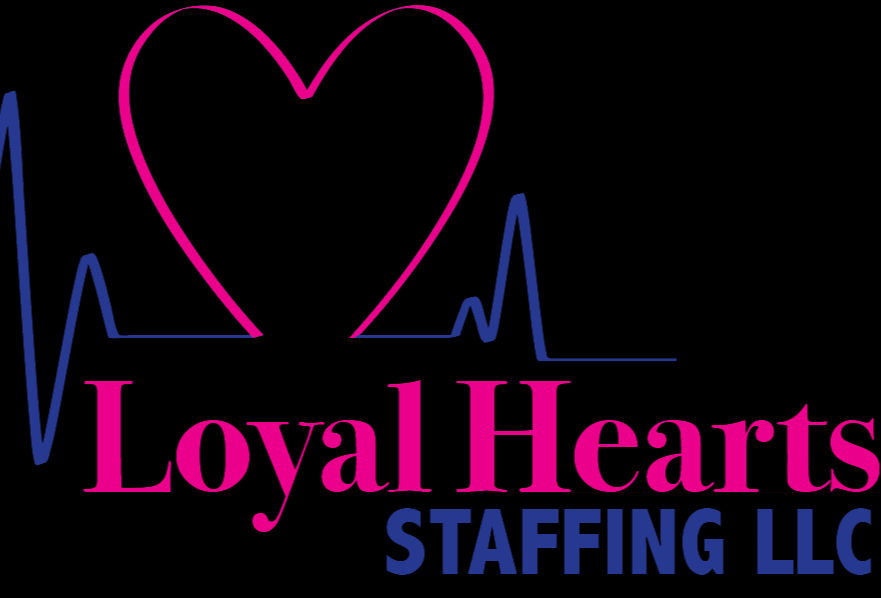Administration of medication by inhalation
- April Swanson

- Dec 1, 2022
- 4 min read
Preparation and delivery of prescribed medications by inhalation and evaluation of patient response.
Objectives:
– Administer prescribed medication to the patient via inhalation for therapeutic purposes. – Humidify the airway. – Educate the patient and family in the use and handling of inhalers.
Equipment:
– Tray. – Wall oxygen inlet. – Flow meter.
Material:
– Prescribed medication. – Medical treatment sheet with prescribed medication. – Disposable gloves. – Physiological saline solution. – 1 Oxygen mask – 1 Syringe. – Nebulizer. – Waste bag. – 1 Inhaler chamber. – 1 Glass. – Mouth antiseptic or sodium bicarbonate diluted in water. – Nursing records.
Procedure:
– Perform hand washing. – Follow general rules in the administration of medication. – Determine the patient’s knowledge of the medication and understanding of the method of administration. – Put on gloves. – Place patient in Fowler position.
If small volume nebulizer (aerosol therapy):
a) Dilute the drug in 3-4 ml of saline.
b) Adjust the mask to the mouth-nose or stoma (if tracheostomized) of the patient. Avoid pressure points and skin erosions. c) Connect the nebulizer cup to the oxygen inlet. d) Introduce medication into the bowl. e) Connect oxygen at 6-8 l/min. f) Verify the correct output of mist through the mask. g) Keep the mask on for 10-15 minutes. h) Explain to the patient to breathe slowly and at tidal volume. i) Remove the mask and clean it. j) Change the nebulizer equipment daily. k) Clean the facial skin or the area around the patient’s stoma. l) Perform oral hygiene of the patient with oral antiseptic.
If pressurized controlled-dose inhalers (MDI):
(a) Shake the inhaler to mix the contents. b) Uncap the inhaler and prepare it for use, place it in an upright position. c) Ask the patient to exhale slowly and deeply. d) Pressurized inhaler: controlled dose inhalers: – Place the inhaler in an inverted position. – Place the mouthpiece of the cartridge in the mouth, sealing the lips around it without interposing the teeth. In case of a tracheostomized patient, a spacer or inhaler chamber should be used. – Breathe in slowly through the mouth. – Once inspiration has begun, press the cartridge (once only) and continue inhaling slowly and deeply until the lungs are completely filled. It is very important to perform the pulsation after having started the inspiration. – The patient should continue to inhale slowly and deeply until the lungs are full. – Remove the inhaler from the mouth and hold the breath for about 10 seconds. – If more doses of the same or another aerosol are to be administered, wait a minimum of 30 seconds between each intake. – If a chamber is used: insert the cartridge into the chamber opening, place the mouthpiece of the chamber completely in the mouth, closing it around the mouth or, in the case of small children, place the face mask over the oronasal area. Perform a slow and deep inspiration. Press the dispenser and ask the patient to take a deep breath of air from the chamber. Remove the chamber from the mouth and hold the breath for 10 seconds. Instruct the patient to take another deep breath to take advantage of the administered dose. The chambers can be washed with warm water and mild detergent at least once a week.
e) Dry powder devices: can be divided into: 1- Aerolizer® single-dose system: unscrew and remove the white hood covering the inhaler. Hold the inhaler in an upright position. Turn the lower part counterclockwise and place a capsule with the drug inside. Then turn and close the system. Press the side tabs making sure that the capsule has been punctured. Place the mouthpiece between the teeth and close the lips over it in a vertical or slightly inclined position. Breathe in vigorously and deeply. Maintain an apnea of about 10 seconds.
2- Spinhaler® single-dose system: Open the inhaler by lifting the mouthpiece. Insert the capsule into the designated hole and close the inhaler. With the mouthpiece upwards, press the push button all the way down. Breathe out through the mouth while holding the inhaler away from the mouth. Place the mouthpiece between the teeth and close the lips around the mouthpiece, withdrawing the tongue. Breathe in vigorously and deeply. Maintain an apnea of about 10 seconds.
3- Turbuhaler® multidose system: Unscrew and remove the white hood covering the inhaler. Hold the inhaler in an upright position. Turn the lower part of the inhaler counterclockwise. Then turn the thread counterclockwise. A click will be heard after this movement. Exhale slowly and deeply. Place the upper part of the inhaler between your teeth and close your lips over it. Breathe in through your mouth vigorously and deeply until your lungs are full. Hold your breath for about 10 seconds.
4- Accuhaler® multidose system: Slide the mouthpiece protector. Hold the inhaler in an upright position. Press (squeeze) the side trigger down and up to the stop. Exhale slowly and deeply. Place the lips around the mouthpiece. Breathe in through the mouth vigorously and deeply until the lungs are full. Hold your breath for about 10 seconds.
5- Easyhaler® Multidose System: Uncap the mouthpiece. Place it in an upright position. Hold the cartridge between thumb and forefinger, move it slightly and press fully. Exhale slowly and deeply. Place the mouthpiece of the system completely in the mouth, closing it around the mouth. Breathe in through the mouth vigorously and deeply until the lungs are full. Hold the breath for about 10 seconds.
– Instruct the patient to rinse the mouth and gargle with sodium bicarbonate or oral antiseptic diluted in water, especially if the inhaler contains corticosteroids.
– Leave the patient in a comfortable position. – Collect the material. – Remove gloves. – Wash hands. – Record: medication administered, dose, route, date and time, incidents and patient response.
Observations:
– The inhaler mouthpiece should be cleaned daily with soap and water. The cleaning of the dry powder device should never be done with water (except for the Spinhaler® system), the correct way is to rub with a dry cloth or paper around the mouthpiece. – When using more than one inhaler, use the bronchodilator first, leaving the corticosteroids for last. – Teach the patient and family the self-administration technique. – In neonates with tented oxygen, fix the nebulizer without the mask inside the tent.








Comments